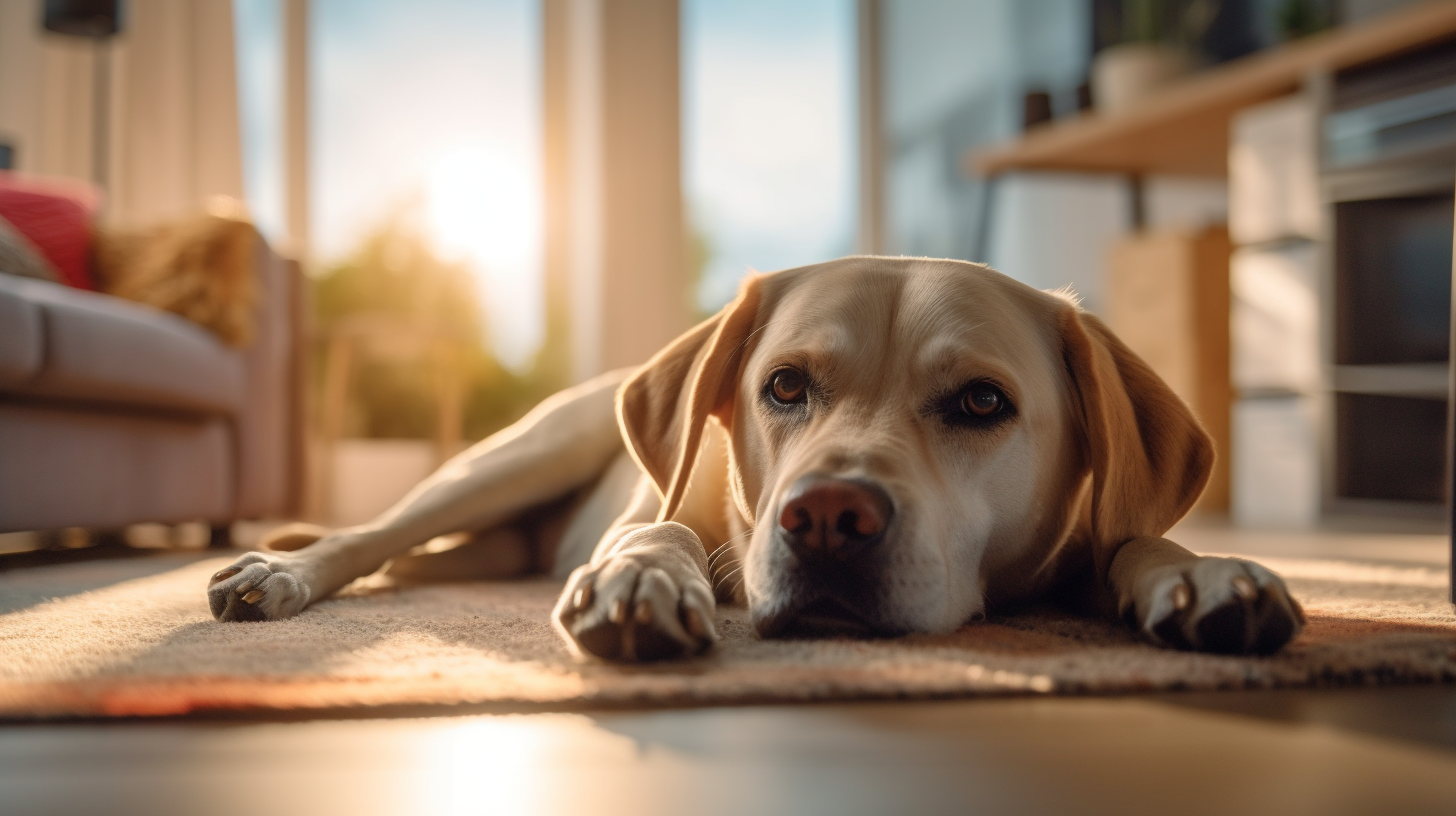Teach your dog to use a pet door
Here's your step-by-step guide to stress-free pet door training
Most dogs are pretty fast learners, but even the smartest pups might need some coaching when it comes to using a pet door.
Sure, installing a pet door gives your dog the freedom to come and go as they please, but getting them comfortable with it takes some patience and a few fun training sessions.
Here’s a quick walkthrough of everything you need to know to help your dog use a pet door — from that first introduction to handling common hiccups along the way.
Start off on the right foot
Using the right method of training your dog for the pet door helps them feel comfortable with their new setup, minimizing confusion or fear that might come from something unfamiliar.
And the payoff?
Your dog gets to enjoy the freedom to head outside for bathroom breaks, explore the yard, and have more outdoor fun whenever they please — while you enjoy the convenience of not having to open the door every time they want to go out. It’s a win-win for both of you!
Let’s jump right into how to make the process smooth and fun for both you and your furry friend.

Choose the right pet door
Before we get to training, it’s important to make sure the pet door you’ve chosen is the right fit for your dog. It’s not a one-size-fits-all situation.
- Size matters. If the door is too small, your dog might hesitate or get stuck (yikes!). If it’s too big, your dog could feel nervous, especially if they’re on the smaller side. Pick a door that allows your dog to step through comfortably without having to duck or jump too much.
- Location, location, location. Place the door at a height that matches your dog’s natural step. A door too high might discourage them from using it, while one too low could make them uncomfortable.

Gather your tools: treats, toys, and patience
Before you begin, make sure you have everything you need to make the training a positive experience. Here’s your must-have list:
- High-value treats (the ones they’d do anything for)
- Your dog’s favorite toy (this can be a game-changer!)
- And, of course, a good supply of patience. Every dog learns at their own pace, and that’s okay!
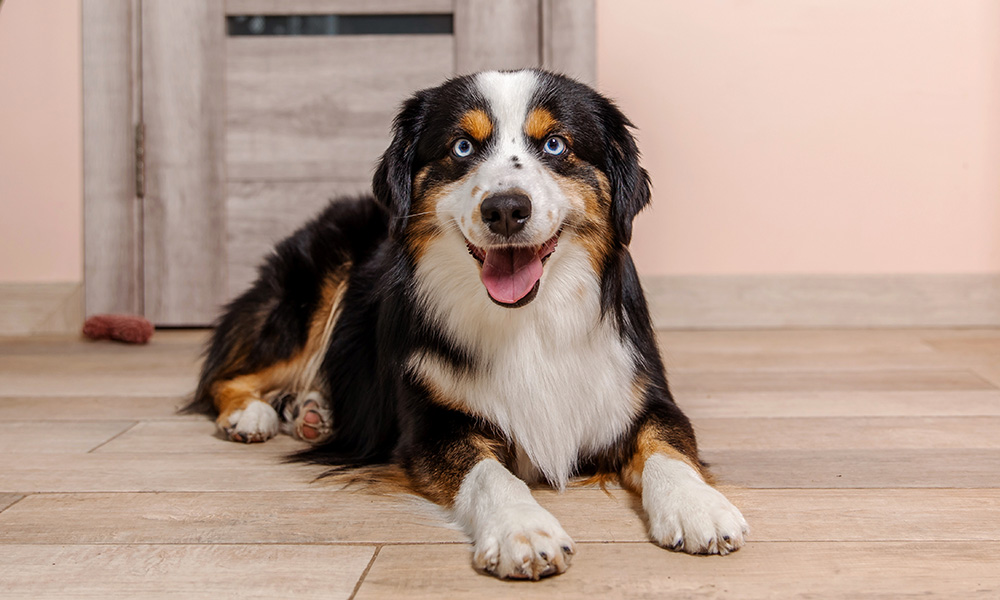
Create a positive learning environment
Your dog will be more open to learning if they’re in a comfortable, relaxed environment. Choose a time when they’re calm and well-rested—after a walk or play session is a great time to start. Avoid distractions like other pets or too much noise, as that might break their focus.
Keep in mind that your dog’s age, personality, and past experiences will all play a role in how quickly they take to training. Puppies might need more repetition, while older dogs might be a bit set in their ways and need more encouragement.
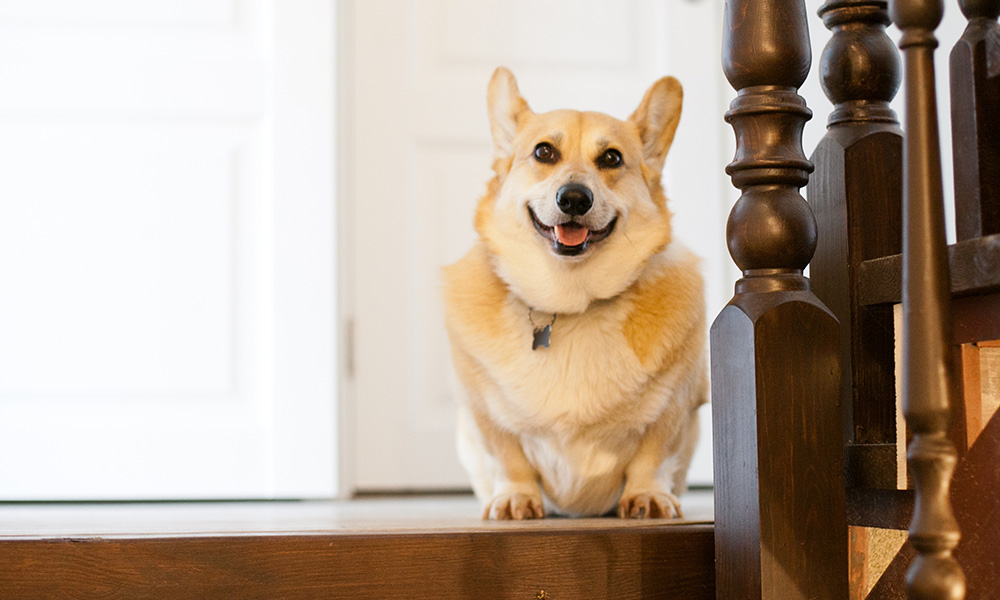
Follow these steps to train your dog to use a doggie door
Step 1: Let them explore the door
Start by simply introducing your dog to the door. Hold the flap open and let them sniff around and peek through. Use a calm, reassuring tone to encourage them. This first step is all about making them feel comfortable with the new addition to their space.
Step 2: Get them used to the door flap
Next, encourage your dog to touch the flap with their nose or paw. You can use treats or toys to lure them through the opening. If they so much as nudge the flap, celebrate it! Reward even the tiniest successes with treats and praise to build a positive connection.
Step 3: Encourage them to pass through
Once your dog is more comfortable, begin to gradually close the flap and encourage them to push through on their own. You can stand on the other side and call them, or have a family member help by taking turns. Repeating this a few times a day will help build their confidence.
Reinforcement techniques for success
Use positive reinforcement: treats, praise, and patience
Each time your dog successfully uses the pet door, give them plenty of praise and a treat. Positive reinforcement is a tried-and-true way to help your dog understand that using the door = rewards.
Try clicker training for added consistency
If your dog is already familiar with clicker training, this can be an excellent tool for marking success. Each time they pass through the door, click and immediately offer a treat. This gives them a clear signal that they’ve done something right.
Games and toys
One way to speed up the learning process is by making it fun! Try incorporating games like fetch or hide-and-seek, where your dog has to use the door to retrieve their favorite toy. These games can reduce any hesitation and help reinforce the idea that the pet door is a positive thing.
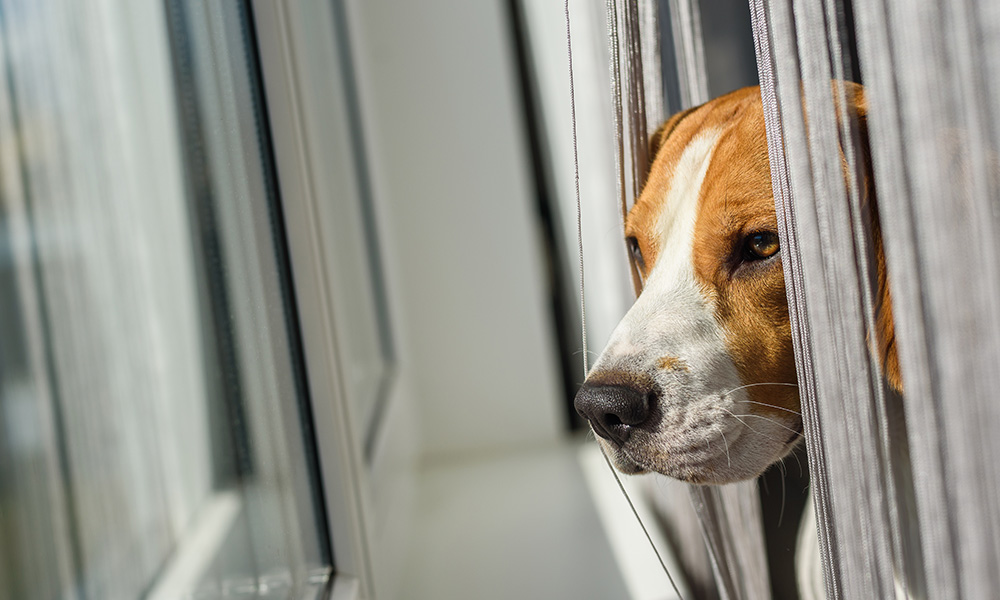
Troubleshooting common training challenges
Even with the best of efforts, some dogs will need extra support. Here are a few common challenges and how to help your pup overcome them.
Fear of the flap
Some dogs are hesitant to push through the flap. If that’s the case, try taping the flap open at first, so they can pass through freely. Slowly lower the flap over time, so they get used to the sensation of moving through it.
Reluctance to go outside
Does your dog love being inside more than out? To help with this, start by standing just outside the door and calling them through. Lots of encouragement and treats will show them that going outside is a fun, safe experience.
Nervous or anxious dogs
If your dog is particularly nervous, take things slow. Forcing the process may create long-term fear, so be patient. Give them extra reassurance with calm praise, and go at a pace that works for them.
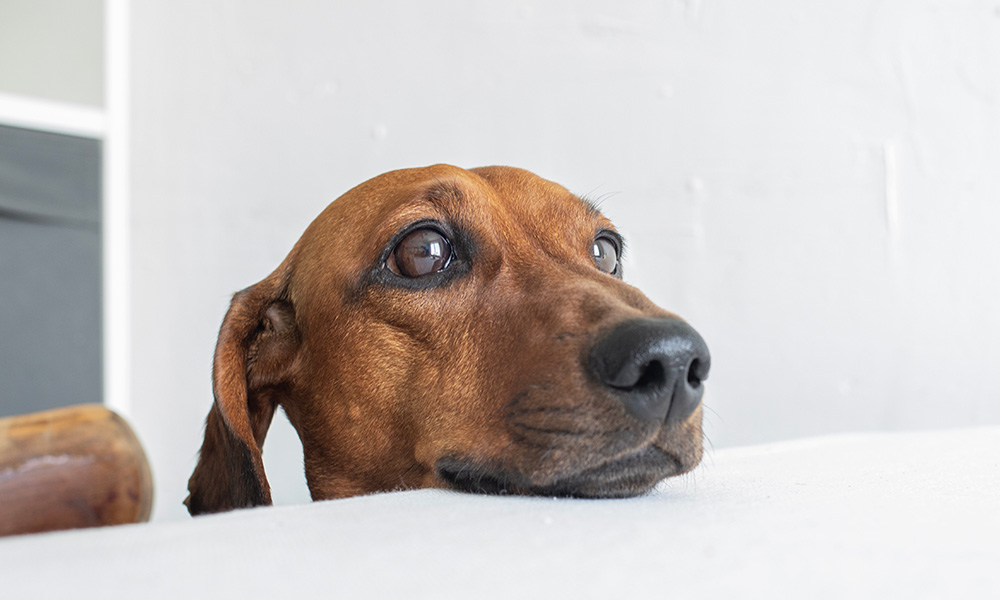

Tailoring training to different dog breeds
Not all dogs learn the same way. Breed, size, and temperament can play a big role in how quickly your dog adapts to a pet door.
Small vs. large dogs
Small dogs might feel intimidated by the door, especially if it’s a bit big for them. In these cases, extra patience and encouragement are key. Large dogs, on the other hand, may need a sturdier door and some training on being gentle when they push through.
Special considerations for puppies
Puppies are naturally curious but can have short attention spans. Keep training sessions short but frequent. And stay consistent to reinforce the behavior without overwhelming them.
Adjusting for senior dogs
Older dogs may need a little extra patience. Give them plenty of praise and gentle guidance, as they might take longer to get comfortable with the new routine.
Share your success story!
Training your dog to use a pet door might take a little effort, but with patience and positive reinforcement, most dogs adapt quickly. Whether you’re working with a curious puppy or an older dog who likes their routine, taking things step by step will help them feel confident and secure in their newfound independence.
Have you already taught your dog to use a pet door? We’d love to hear your tips and success stories!

